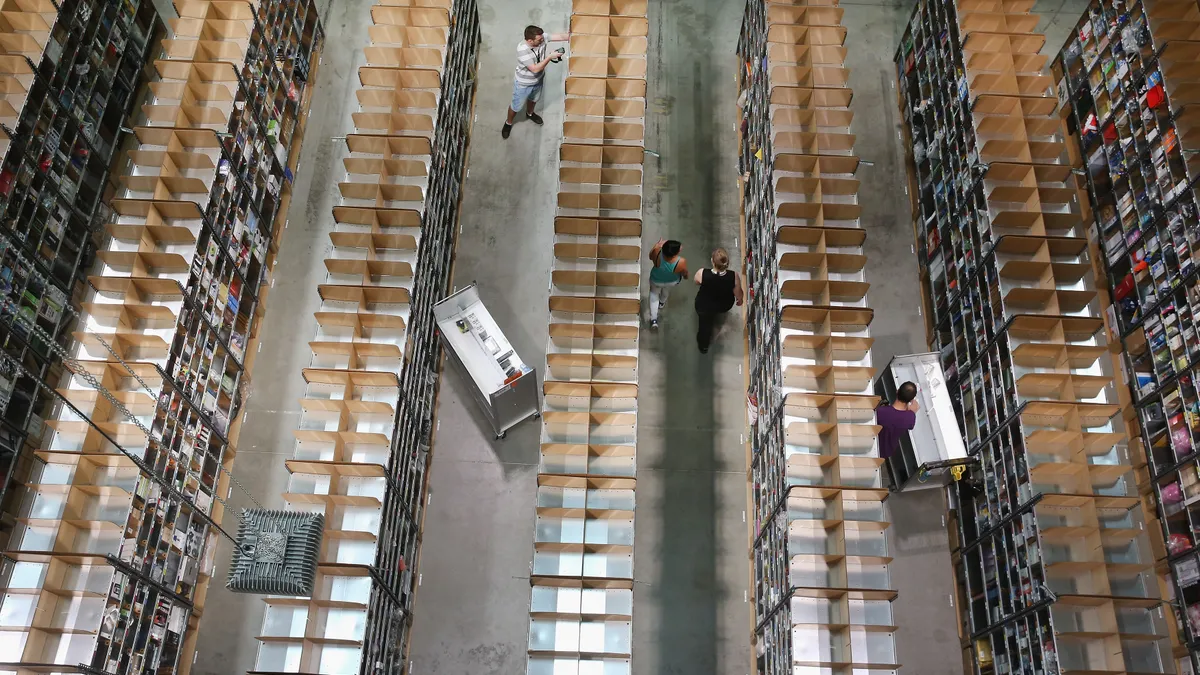The pandemic has offered excuses and cover for a whole host of poor business decisions. While it may take some time to completely recover from the worst of the disruptive impacts of COVID-19, the smart money is on the companies that are quickly returning to the fundamentals of procurement and supply chain management.
Or those who never left them.
The past two years have been an emotional time for suppliers, customers, and employees. Business decisions made under short-term emotional stress can bring long-term damage to supplier relationships, strategic sourcing, and escalating costs.
Kudos to those who helped their companies weather the challenges, but it is time to take a deep breath, celebrate your resilience, and then get back to basics.
Shocks in the supply chain will subside, firefighting will end, backorders will disappear, and our shelves will be filled to capacity as inventory swells. As always happens with boom-and-bust cycles, management’s cry will change from "where are the parts?" to "why do we have so many of them?" Institutional memory is short.
Procurement can be a leader in this transition back to supply chain normalcy. Here a number of things that can be done right now.
Assess — and reassess — lead times
Accurate supplier lead times are at the heart of enterprise resource planning systems. Given that the pandemic has fostered the "you’ll get it when you get it" delivery commitment, it is important to provide accurate lead time data for critical path and A-level inventory purchases at a minimum.
Business conditions are changing rapidly so continue to update lead times until they get into the normal range. Pay attention to long term trends and non-linear lead time reductions. Above all, resist the temptation to sandbag the process by posting inflated data.
Establish a greater focus on planning and forecasts
Now is a great time to reduce the gulf between planning and procurement. Effective supply chain management calls for the alignment of supply and demand. But those decisions are often made upstream of the procurement organization.
Here is where procurement, and planning, need to be part of the sales and operations planning process. Tighten the relationship between marketing, operations, finance and procurement to create reasonable and actionable plans or forecasts that can be sent to suppliers so they can better plan their business.
Be realistic on ordering and pricing commitments
With better planning and forecasts, along with an eventual return to more customary lead times, suppliers can be on their way to returning to normal and realistic production schedules. As can their suppliers. And theirs.
Avoid double-ordering from different suppliers, just-in-case ordering, building extraordinary hedge inventories, and any other unrealistic procurement tactics that helped you through the pandemic. Be careful not to lock in temporary inflationary pricing on long term agreements.
Watch date codes, part revisions and obsolete inventory
An uneven flow of inventory, along with emergency purchases from less than reputable suppliers, could create a date code crisis.
Be sure to rotate stock and pay attention to older and obsolete date codes. Also ensure your inventory, including part revisions, are accurate. Poor inventory accuracy and control will make any of the other recommended changes ineffective.
I worked with a manufacturing manager who thought he knew better than any ERP system on the market, including that of his own company. I was with him as he walked through the manufacturing floor of a major supplier of complex machined parts. On the spot he authorized the supplier to make an additional ten units of a critical weldment. He didn’t listen when he was told that the part was under engineering revision and he signed the $100,000 purchase order himself.
Several months later, the scrap value of the order was pennies on the dollar. The obsolete inventory outlived the manufacturing manager's tenure, however. He was let go soon after the ad hoc purchase.
Don’t forget about indirect spend
Much of the focus during the pandemic has been on direct materials. However, those working in the indirect spend commodity areas have had their share of supply chain breakdowns and pricing pressures.
This is a good time to reaffirm support for this underserved area with regular help going forward.
This story was first published in our Procurement Weekly newsletter. Sign up here.





















